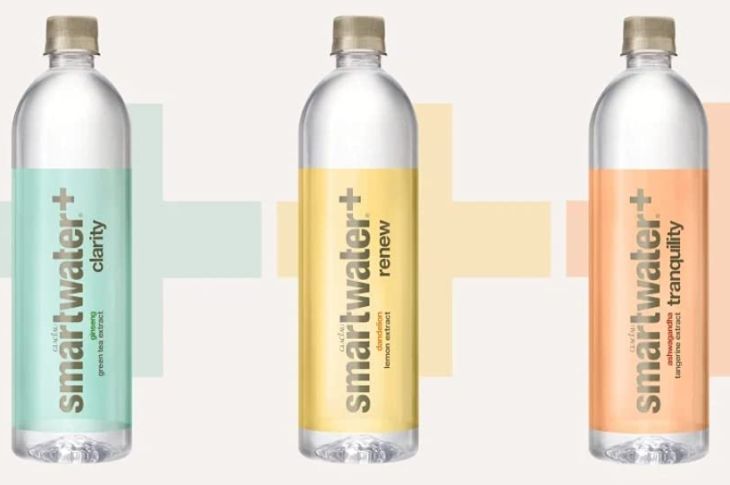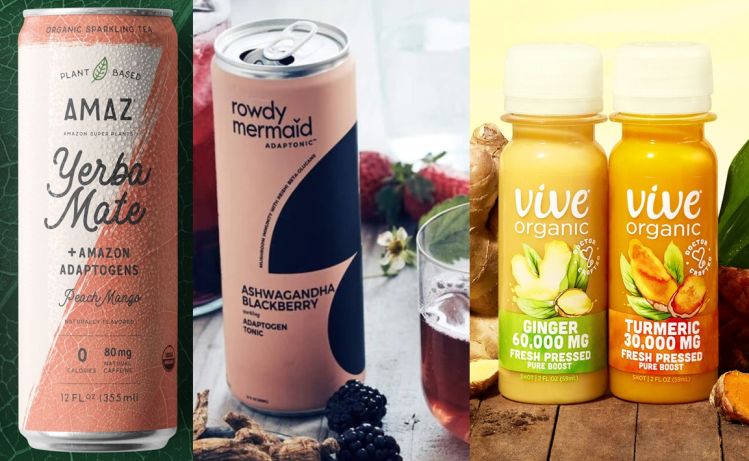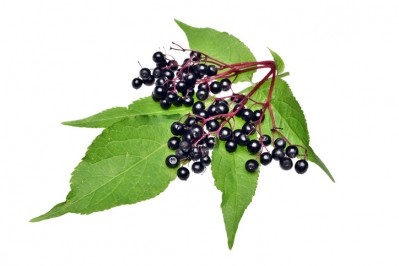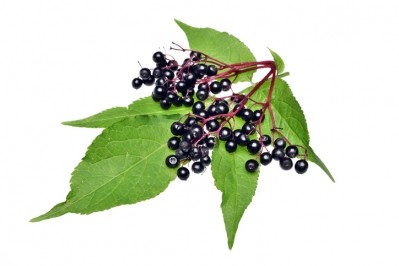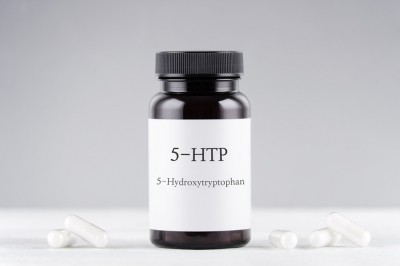Immunity, relaxation, energy and focus: Trending botanicals in food and beverage, from ashwagandha to ginseng
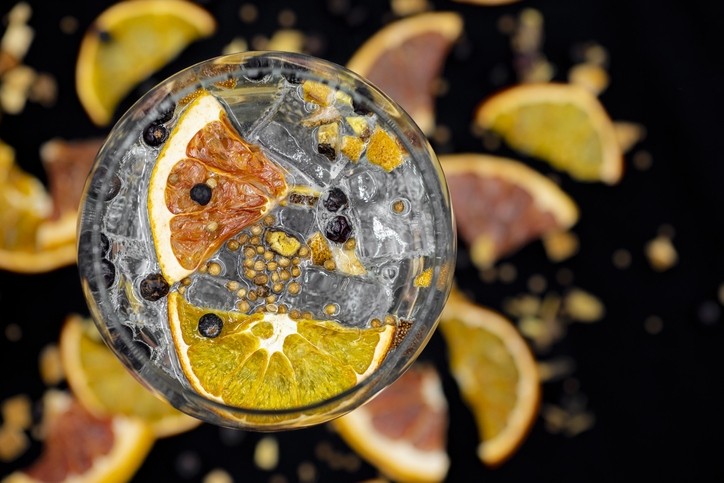
While some firms are looking to add signature named ingredients such as turmeric or ashwagandha to add flair or exoticism to their products, most are looking to build a formulation around a particular need state or health benefit, with “some of the strongest interest around the topics of immunity and relaxation,” said Romain Thevenot, global product manager botanicals for food & beverage at Givaudan, which acquired botanicals supplier Naturex in 2018.
While these themes were trending pre-pandemic, they have since “really become hot topics we expect to continue in the coming years,” he added, citing increased interest in naturally derived vitamin C from acerola and the company’s koji-derived zinc for immunity; and its ‘Cereboost’ American Ginseng, an adaptogen backed by human clinical data that supports mood and relaxation.
More traditional botanicals such as passionflower, chamomile or lavender flower that are “intuitively associated” with calming but “don’t support particular health claims” are also in demand, added Thevenot, who said iced teas, waters and juice drinks are the most popular applications outside of supplements, although “shots are gaining traction, as well as dairy and plant-based dairy alternatives.”
“Botanicals from Ayurveda continue to be popular, with turmeric clearly remaining the superstar. Our Turmipure Gold ingredient has attracted strong interest from food & beverage players ever since securing self-GRAS determination, as players look to differentiate with branded, science-based ingredients, even if they don’t make claims about health benefits.”
For energy, meanwhile, guarana, acai, and yerba mate – all of which have long traditions of use in Latin America – are trending, “with guarana and yerba maté in particular being used as a natural source of caffeine.”
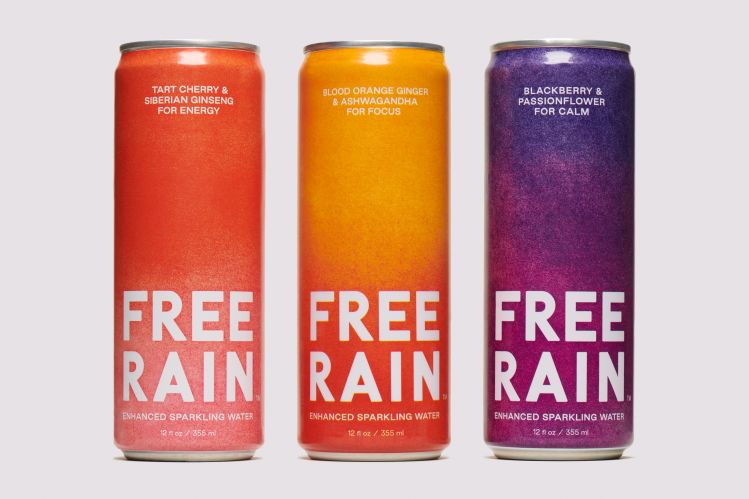
‘Guarana, hibiscus, and elderberry, took off overnight’
At Martin Bauer Group, which acquired botanicals specialist BI Nutraceuticals in 2019, director of marketing Randy Kreienbrink has seen similar trends: “The folks in the food and beverage world definitely want a part of the supplement world, and the good news for them is that most people don't want to take tablets and pills… so it’s just a matter of time before more and more of these ingredients will be put into food and beverages.”
Over the past year - like Thevenot at Givaudan - Kreienbrink has seen immunity, relaxation, and mental energy/focus becoming key formulation drivers: “Guarana [energy], hibiscus [calming] and elderberry [immunity] really took off.
“Anything with natural caffeine such as guarana also spiked, while for immune health, we’ve seen interest in holy basil and anything with natural vitamin C such as acerola or rosehip. For calming, things like chamomile and valerian root have also been popular.”
Like Thevenot, Kreienbrink is seeing the strongest interest from beverage clients, but is also talking to firms making snack bars, gummies, and wellness powders you can throw into a blender along with fruits and vegetables for a more functional smoothie.
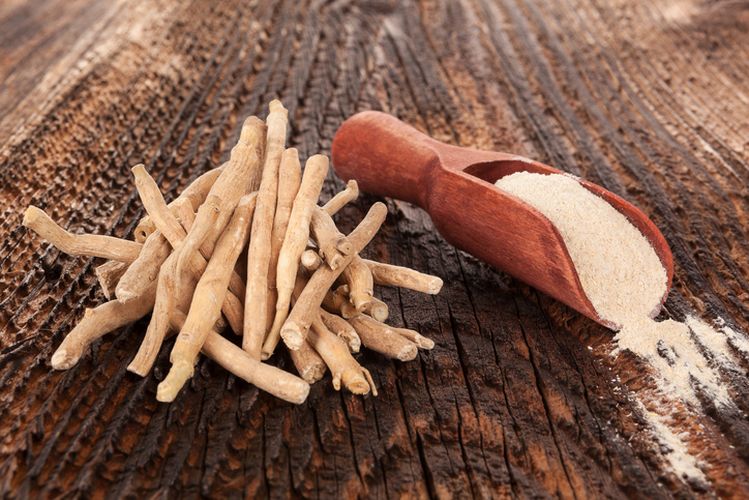
‘Over the last 12 to 18 months we have seen a dramatic increase in F&B projects with ashwagandha’
Once you get a ‘hero’ ingredient that takes hold in supplements such as Ayurvedic staple and ‘adaptogen of the hour’ ashwagandha (a.k.a. Withania somnifera, winter cherry, and Indian ginseng), food and beverage interest tends to follow, added Bruce Brown, president at Natreon, which supplies a clutch of botanicals supported by human clinical data.
“We started seeing this with ashwagandha on a small level around four years ago. But over the last 12-18 months we’ve seen a dramatic increase in our projects and our sales funnel that are focused on food and beverage.
“It began with startup companies, but now we're seeing massive interest from some of the largest CPG food and beverage companies in the world. Coca-Cola now has a SmartWater ‘tranquility’ product featuring ashwagandha, which is one example of how quickly things can mainstream.”
Three new smartwater+ variants from Coca-Cola include:
- smartwater+ clarity, with ginseng and green tea extracts
- smartwater+ tranquility, with ashwagandha and tangerine extracts
- smartwater+ renew, with dandelion and lemon extracts
Picture credit: Coca-Cola (read more here)
‘It began with startup companies, but now we're seeing massive interest from some of the largest CPG food and beverage companies in the world’
The primary positioning for ashwagandha is around tackling stress and anxiety, which in turn can impact sleep, attention, mental performance and immune function, said Brown, who said human clinical data showed that relatively low doses (125mg) of Natreon’s (self-determined GRAS) Sensoril branded ashwagandha (made from the plant’s roots and leaves) had positive impacts on inflammatory biomarkers and the ‘stress hormone’ cortisol as well as in self-reported sleeplessness, fatigue, and irritability.
Using polysomnography - which records brain waves, oxygen levels in the blood, heart rate, breathing, and eye and leg movements - the company is also conducting more research into sleep quality, he added.
“We’re excited there's a lot of research going on, but we have a good body of evidence already.”
Amla: ‘I expect in 3-4 years it will be an ingredient that really starts to see an uptick’
Natreon is also seeing “quite a bit of interest in the beverage space” for its amla (a.k.a. Indian gooseberry), which is subject to a no objections letter from the FDA over its GRAS status (brand name, Capros), he said.
“The amla fruit also has this beautiful color and sweet taste, so there's a much lower bar with regard to organoleptic properties than with some other botanicals and there’s some strong clinical evidence for its ability to support vascular endothelial function, which is of course important for all aspects of healthy aging and cognitive function. I expect in 3-4 years it will be an ingredient that really starts to see an uptick.”
He added: “All of our ingredients are 100% water extracts, so they work very well in beverage and drink mix applications because they're so soluble, whereas many of our competitors’ ingredients are not.
“Sensoril has the highest solubility among all ashwagandha ingredients, which gives us a distinct advantage in beverage applications.”
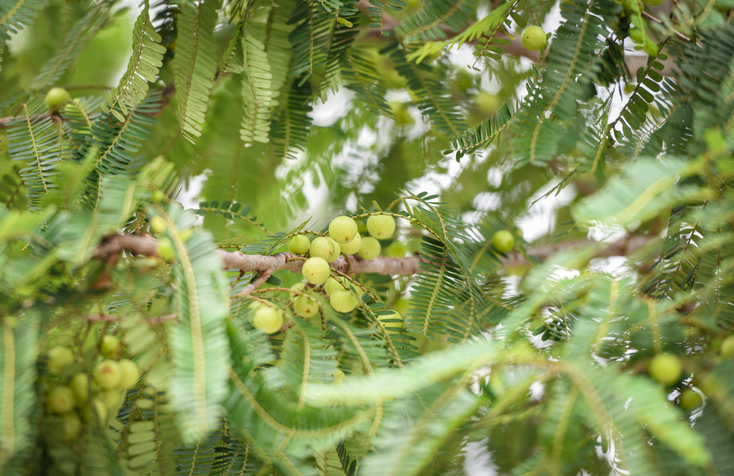
Fairy dust or an efficacious dose?
So how well informed are food and beverage customers about Ayurveda, Chinese herbal medicines, or the science behind adaptogens, and are some content to sprinkle in ‘fairy dust’ amounts of ‘on-trend’ botanicals to justify adding their names onto product labels?
This is not generally the direction things are going, according to Kreienbrink at Martin Bauer, who said he’s fielding detailed questions from very large food and beverage brands on everything from efficacy and the dosages used in clinical trials, to heavy metals, sustainability, and place of origin.
“They know it’s more than just saying you have ashwagandha … they want to know which part of the plant it’s from, where it's grown, is it sustainable, how much is actually in there?”
He added: “If you're adding natural acerola, they are asking exactly how much vitamin C am I getting, or how much caffeine is this guarana delivering, because they are labeling it on pack, so it's no longer just fairy dusting. The cost is going to go up, but people are willing to pay that.”
‘Authenticity and ‘real’ usage levels do matter to consumers whether you’re making a claim or not’
For organoleptic and budgetary reasons (high-quality plant extracts are not cheap, especially those with solid science behind them), not all food & beverage brands choose to use dosages that have been shown to be efficacious in human clinical trials, said Thevenot at Givaudan.
However, “authenticity and ‘real’ usage levels do matter to consumers whether you’re making a claim or not,” he argued.
“Even for those not seeking to make structure/function-type claims, amounts can be important, as the composition can have an effect on the nutrition label for ingredients like fermented zinc and acerola or on fiber content for ingredients such as oats.”
‘I’d venture to speculate that they are looking to leverage ashwagandha as window dressing…’
At Natreon, director of scientific affairs Anthony Thomas, PhD, said most firms want to use a meaningful dose, although he’s seen some fairy dust sprinkling in his time: “Certainly, there are products out there that use proprietary blends and I’d venture to speculate that they are looking to leverage ashwagandha as window dressing.”
But before you even get into the issue of dosages, he said, there are more fundamental questions that need to be answered such as, what exactly is in this powder?
“Botanical extracts can vary drastically based on processing methods, variety, growing regions, harvesting methods… all these things can change the chemical makeup or fingerprint, which in turn will affect biological activity, so I see a lot of non-extracts, basically just ground ashwagandha root powders and it's really unclear what benefits people are getting.
“Relatively few have clinical substantiation, whereas Sensoril has clinical data showing efficacy at as low as 125mg, which also helps from a sensory perspective.”
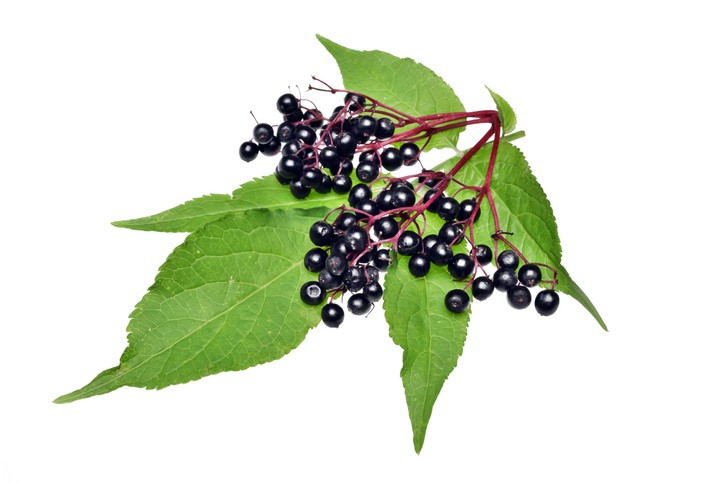
Sourcing botanicals: Trust, but verify…
When it comes to vetting suppliers, President Reagan’s ‘trust, but verify’ mantra is the name of the game in botanicals, added Kreienbrink at Martin Bauer, which supplies more than 400 botanicals from more than 50 countries.
“We test because there can be some natural contaminants, so maybe it’s gluten free, but if it's grown right next to a wheat field there's a risk, so we always test. We’ll also test the DNA to make sure we’ve got the right plant, and the right part of the plant.”
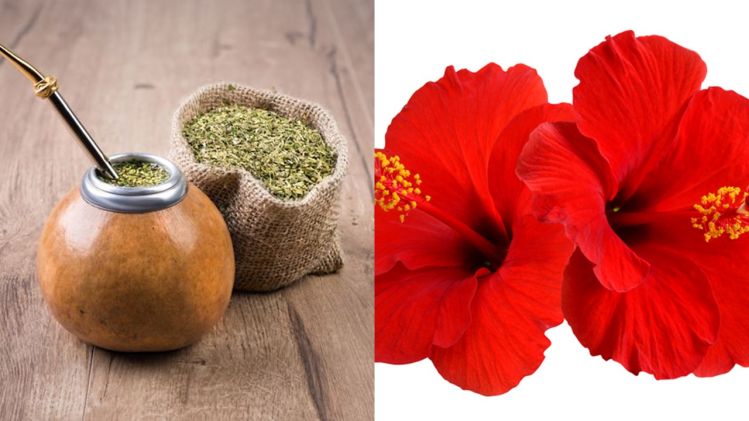
Formulation challenges: Bitterness and solubility
So what are some of these botanicals like to work with from a formulation perspective?
It all depends on the extract, but many can be bitter, and may need masking, said Kreienbrink. If you’re a beverage brand, meanwhile, you’ll want something that’s water soluble, so an extract versus, say, a ground up powder.
Traditional botanical ingredients such as brewed yerba mate or hibiscus “inherently mix well and taste good in beverage applications,” however, noted Thevenot at Givaudan.
“Science-based bioactive compounds like the ones you find in turmeric or American ginseng do pose solubility and taste challenges when brought at efficacy levels. This is why we designed Turmipure Gold, which provides instant water dispersibility along with efficacy at a very low dose, making it ideal for food and beverage applications.
“We’ve also benefited from Givaudan’s extensive flavor expertise to help mask bitterness and off notes.”
What are adaptogens?
The term ‘adaptogen’ is a relatively recent invention, claims David Winston, RH (AHG), an internationally acclaimed lecturer, author and ethnobotanist, who notes that in Traditional Chinese Medicine (TCM) many tonic remedies are known as Kidney yang tonics, while in Ayurveda they are known as Rasayanas.
“Research into adaptogens started in 1947 in the USSR and was funded by the Soviet military to boost strength and performance,” he told our sister publication NutraIngredients-USA.
According to Winston, there are nine well-researched adaptogens: Asian Ginseng (Panax ginseng), American Ginseng (Panax quinqeufolius), Ashwagandha (Withania somnifera), Eleuthero (Eleutherococcus senticosus), Schisandra (Schisandra chinensis), Rhodiola (Rhodiola rosea), Shilajit (Asphaltum bitumen), Rhaponticum (Rhaponticum carthamoides) and Cordyceps (Cordyceps sinesis).
There are a number of other herbs that can be classed as “probable adaptogens” (Holy Basil, Suo Yang, Tienqi Ginseng, Shatavari, Ba Ji Tian/Morinda, Aralia elata and A. mandshurica), and “possible adaptogens” (Codonopsis, Prince Seng, Reishi, Cross Vine, Eucommia and Guduchi), he claimed.
“But we don’t have quite the level of research to clearly define them as adaptogens.”
He added: “A lot of people think adaptogens are a panacea, but they are not a replacement for the foundations for good health, such as sleep, exercise and a healthy diet. Another important point is that not all adaptogens are created equal. Some are relaxing, some are stimulating, some are drying, some are moistening.”
According to Dr Israel Brekhman, dubbed the ‘Father of Adaptogens,’ adaptogens:
- Are non-toxic in normal therapeutic doses;
- Produce a non-specific state of resistance in the body to physical, emotional or environmental stress;
- Have a normalizing (amphoteric) effect on the body helping to restore normal physiologic function that has been altered by chronic stress.
